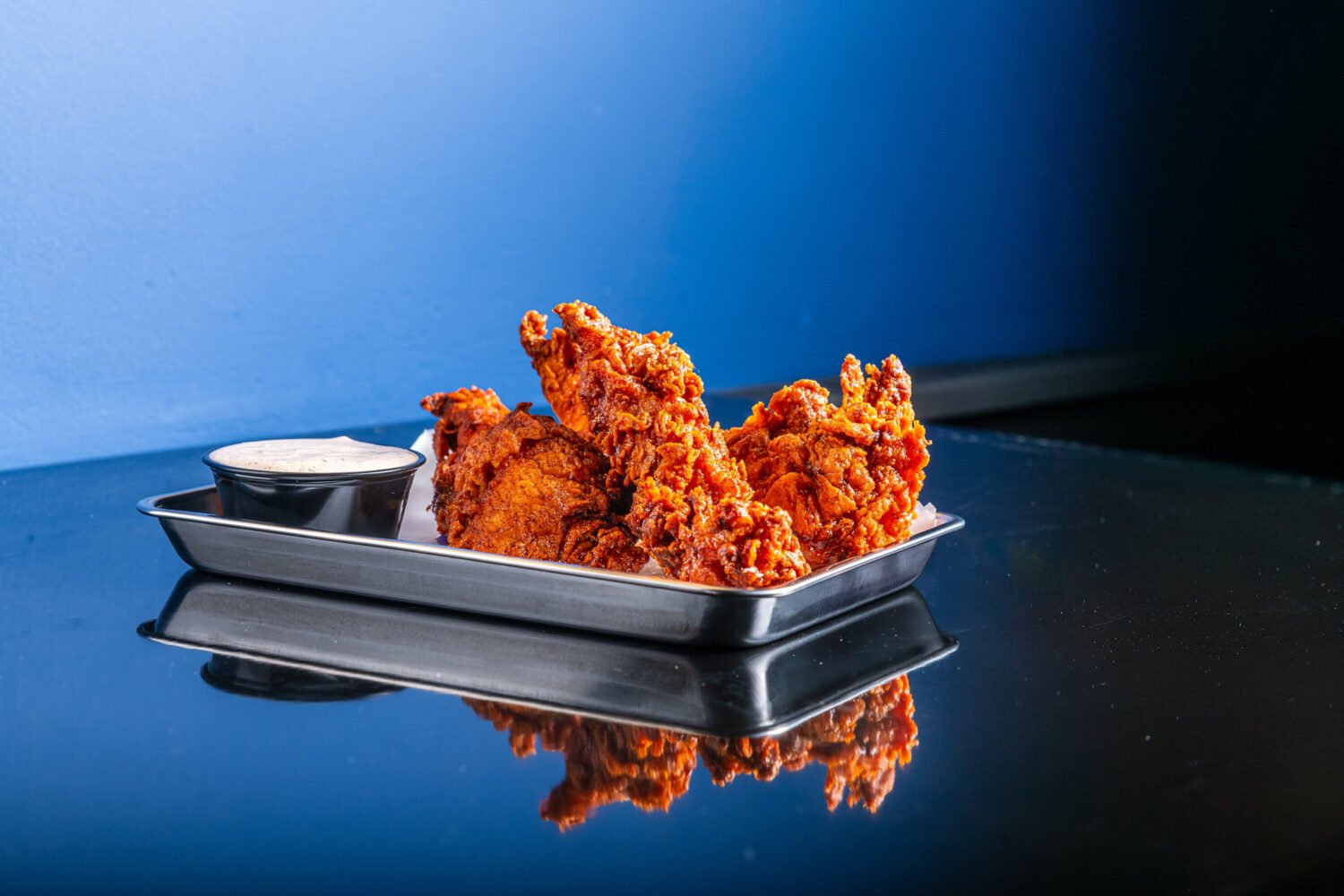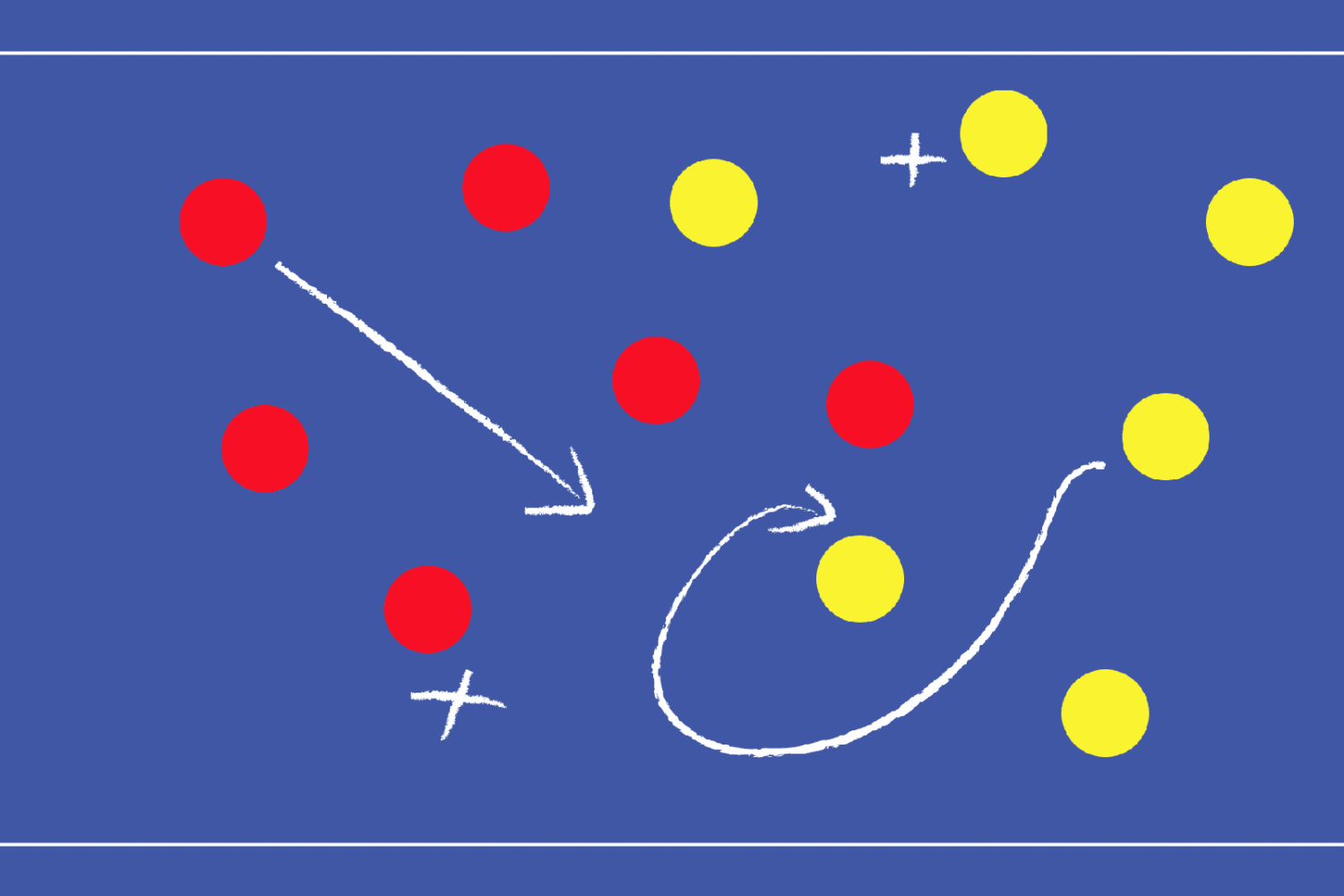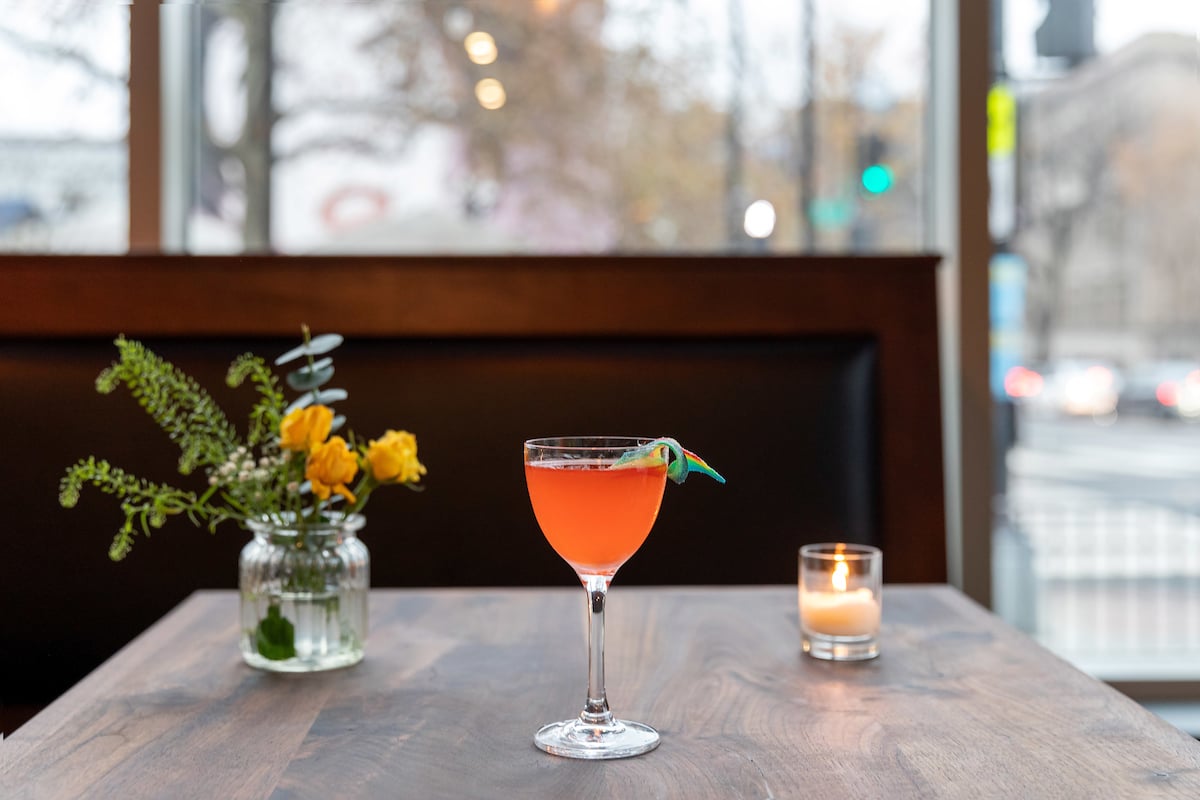I’m dressed in nothing but a white robe and rubber booties when I step into the octagonal chamber. And the robe will soon go. A nice woman named Mary Lamb, who’s running the contraption, calmly shuts its door, leaving just my head peeking out the top. Now she tells me to pass her the bathrobe. I hand over the garment—and the last of my dignity—in exchange for a pair of chunky insulated wool gloves that match my booties. It’s time to freeze.
Lamb disappears from view to crank the nozzles on a huge metal vat behind me. Standing there naked, clad only in cartoonish coverings on my hands and feet, I wait for the cold to hit.
This was my first tango with cryotherapy, a treatment that involves stripping down and being whipped by liquid nitrogen that’s at least minus 200 degrees Fahrenheit. I went in knowing it’s part of LeBron James’s annual $1.5-million recovery routine during the long NBA season and that Michael Phelps did it before nabbing his 23rd Olympic gold medal in Rio in 2016.
As for how my athletically average self ended up in a cryo chamber? I had signed up to run a ten-mile race, ignoring the fact that my hourlong commute and commitment to the snooze button make training for these things a mostly weekend activity. My brilliant approach was to run every Sunday afternoon, tacking on a mile each week, starting with a comfortable base of four miles. But after zooming along the Mount Vernon Trail on a seven-mile run one Sunday, a series of out-of-town trips threw a kink into my plan. A week before the race, with the $85 registration fee and a decent amount of pride coloring my judgment, I embarked on a ten-mile run, just to see if I could do it.
Turns out I could. All seemed well until the next morning, when I was reminded that I was still an athletically average person. I nearly tipped over from the scorching pain in my calves as I got out of bed. In the 20 years I’d been running, this was new for me, even with some half marathons sprinkled in.
I needed to feel better, and fast, so I could participate in the race. Which is how—after three days of ice packs, Aleve, and no relief—I ended up at DistrictCryo, Washington’s first cryotherapy spa, with locations in Shaw and Old Town and a third set to open in the West End in late fall. Since launching in August 2016, the spa has attracted all manner of people. While a number of the Washington Wizards regularly drop by for sessions, the chilly treatment attracts more than just athletes. The Real Housewives of Potomac gossiped their way through a spa day there in the spring for a recent episode, and real-estate agents from Sotheby’s captured their visit in an Instagram post captioned “When you’re restored you can do more (or sell more). #corporatewellness.”
Decades before any kind of wellness was a hashtag on Instagram, cryotherapy was used in medicine. In 1978, Japanese rheumatologist Toshima Yamaguchi tried cold treatments on patients’ skin in short intervals and witnessed decreased sensitivity to pain. He began using cold to treat the whole body for diseases such as arthritis and is considered the first doctor to use whole-body cryotherapy as we know it today.
In the years before and then after Yamaguchi’s use, the treatment was largely discussed only in medical journals, studied for its effects on cancer tumors, some of which can be shrunk, controlled, or killed by very cold temperatures. Then, in 2000, an Olympic rehabilitation center in Poland installed whole-body cryotherapy chambers, introducing the treatment to the sports world. Soon after, it spread throughout Europe, with rugby and football teams popularizing it in the mid-aughts.
Cryotherapy didn’t reach the US until 2009, with the opening of the Cryohealthcare Clinic in Los Angeles. Its founder, Jonas Kuehne, had encountered whole-body cryotherapy during his medical residency in Europe and bought a unit for his Beverly Hills office when he returned to the States. (An enclosed unit, akin to a walk-in freezer, can run up to $200,000, while those such as the neck-down one I tried are half that.) NBA players were soon visiting, and then the celebs came, with Jennifer Aniston, Jessica Alba, and cast members of Dancing With the Stars all touting its benefits.
DistrictCryo owner Antwain Coward, who grew up three blocks from the flagship Shaw location, got interested in cryotherapy after graduating from college, where playing basketball had left him, he says, with “nagging pains.” He heard about a cryotherapy center in New York City, flew up, tried it, and says he came out pain-free. While cryotherapy isn’t FDA-approved and the agency warns that it could cause frostbite, studies suggest it works: In 2011, French researcher François Bieuzen, a professor at the National Institute of Sport Expertise and Performance, had runners do a difficult, simulated trail run on a treadmill for 48 minutes. Afterward, half of the runners did cryotherapy and the other half sat and did nothing for 30 minutes. Those who had cryotherapy showed fewer blood markers for inflammation, the cause of soreness.
While Coward says a lot of his clients are weekend warriors training for triathlons and marathons, he also caters to professionals looking to destress. Among his clientele are two lawyers who come in every day after lunch. “They aren’t coming in for any physical ailments,” he says. “They’re coming in purely for stress relief. The cryo kind of serves as a spark to their day.”
No reliable studies support cryotherapy for stress management, nor do any solid studies bear out other claims Coward shares, such as better sleep and a feel-good endorphin rush. But one thing in particular about cryotherapy may appeal to the stressed and harried: It takes just three minutes, unlike the hour or so you might need for a session of physical therapy or a massage.
So standing naked in a chamber with liquid nitrogen floating up in a cloud around my neck seemed like a good idea after all.
Liquid nitrogen is where the cold part of cryotherapy comes from. At DistrictCryo, it was stored in a tank behind me and connected to the chamber by tubes that spewed it out of the tank’s walls like fog. There are three levels of cold, depending on how experienced you are. Because I was a beginner, my tank hit peak cool at about minus 200 degrees. (For comparison, the coldest temperature recorded on Earth, in Antarctica, is minus 144. People there shouldn’t go outside naked.) A more experienced cryo-user might start at level three, with a temperature that maxes out at about minus 240.
As the session started, I got goosebumps all over. Then my elbows began to ache, probably because they were closest to the walls from which the liquid nitrogen billowed. I felt slightly tense, a combined result of my muscles responding to the deep freeze and being locked in this contraption in the basement of a building in Old Town (the location I chose because it’s close to my apartment, and did I mention my legs hurt?). My teeth didn’t chatter as I thought they would, and overall the three minutes went pretty quickly, likely because Lamb, manager of the Old Town location, chatted with me—both a necessary distraction and a safety measure. In 2015, a Las Vegas woman tried cryotherapy alone in the spa where she worked, got trapped in the chamber, passed out, and died of suffocation from the liquid nitrogen, which expands to nearly 700 times its size when it vaporizes and can lead to oxygen deficiency, especially in small spaces.
When I was done, I didn’t experience any post-cryo high, and a dull ache lingered in my elbows. But any chill I walked out with disappeared in the balmy, mid-60s temps of the April afternoon. Climbing the steps out of the building, I was surprised that the sting I’d been feeling in my calves was 75 percent gone, with just a hint of soreness. By evening, nearly all the pain had subsided. As for better sleep, I didn’t notice any difference—which, as a poor sleeper, I was really looking forward to. The next day, I visited the Shaw location. I’d bought the starter package, a two-pack that piggybacks appointments to maximize any benefits. Coward claims that stacking sessions closely together helps each person understand how his or her body will react to the treatment. I will say the second round didn’t seem nearly as cold as the first, probably because I knew what to expect. The three minutes—during which I chatted with the Shaw general manager, Chu Pak—seemed to go by much faster. (He also tricked me, saying I had less time left than I actually did.) This time, the temperature outside was in the low 40s, and I understood what being chilled to the core felt like—I tried to walk to the Metro, turned around, and headed into a restaurant to warm up.
A few days later, on race day, my calves were 100 percent. I didn’t set a personal record in the ten-miler, but I crossed the finish line, pain-free. While I didn’t hallucinate the pain-relieving benefits of cryotherapy—there was no way I could have kicked it up the hill at mile nine if I hadn’t done it—I don’t think I’ll be going back for regular treatments, mainly due to cost. My intro two-pack was a bargain at $69, but future visits would be $65 a pop, the going rate at cryo spas around the country.
Daniel Pereles, a sports-medicine doctor in Chevy Chase, also questions the cost. He says he doesn’t doubt that cryotherapy is an effective form of cold therapy, which is “grounded in scientific fact.” He believes cryotherapy is a better method of delivery than filling a tub with ice for a 20-minute ice bath but adds, “Is it economically worth it? How accessible is it to the average person? It’s a nice luxury if you can get it.”
His kids are both college athletes. They take ice baths.
This article appears in the October 2018 issue of Washingtonian.



















